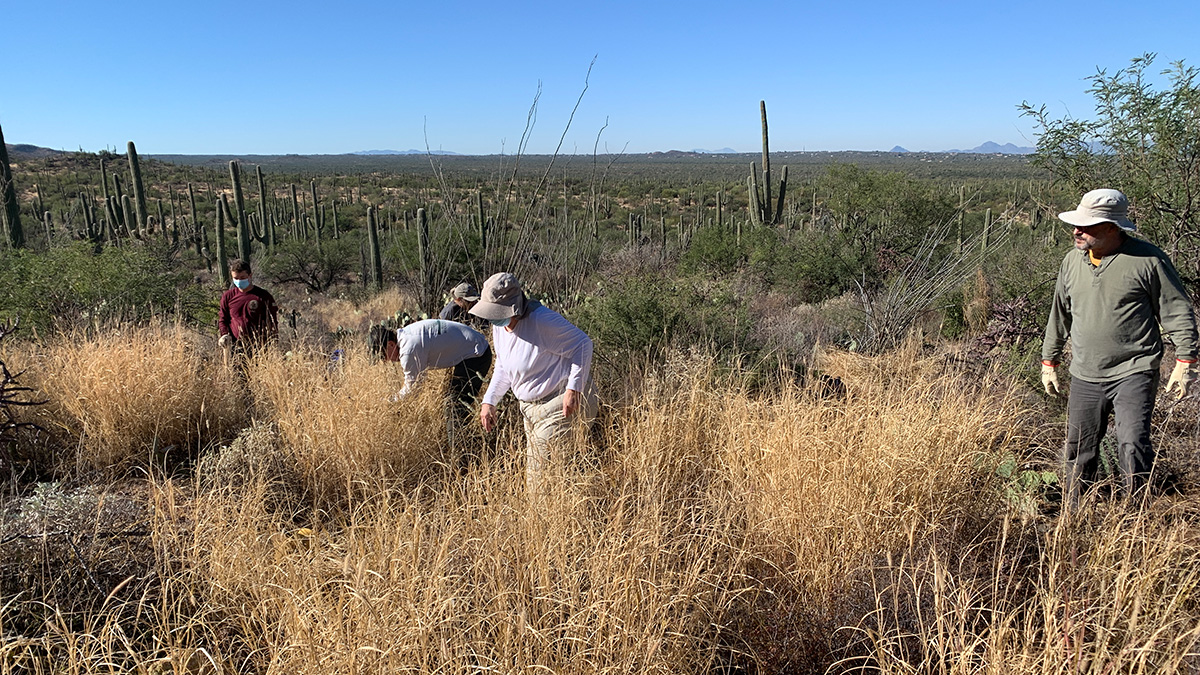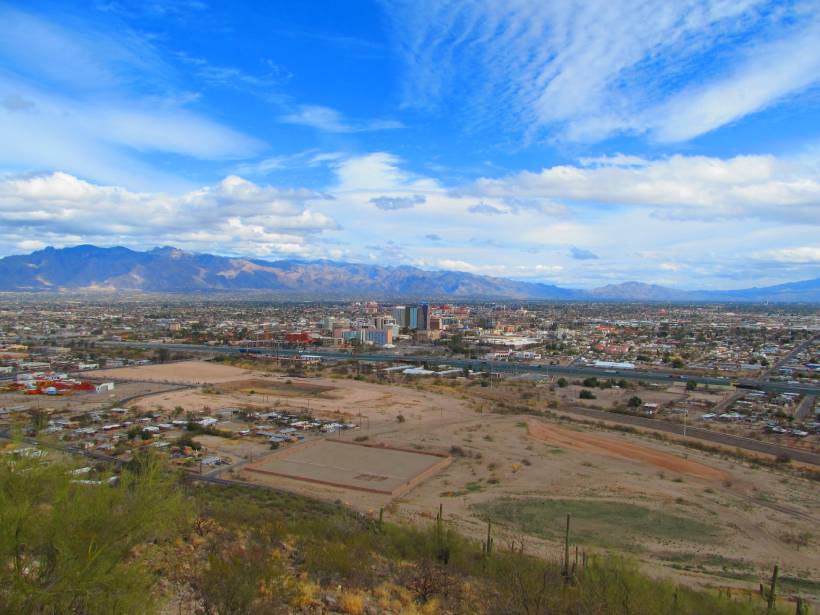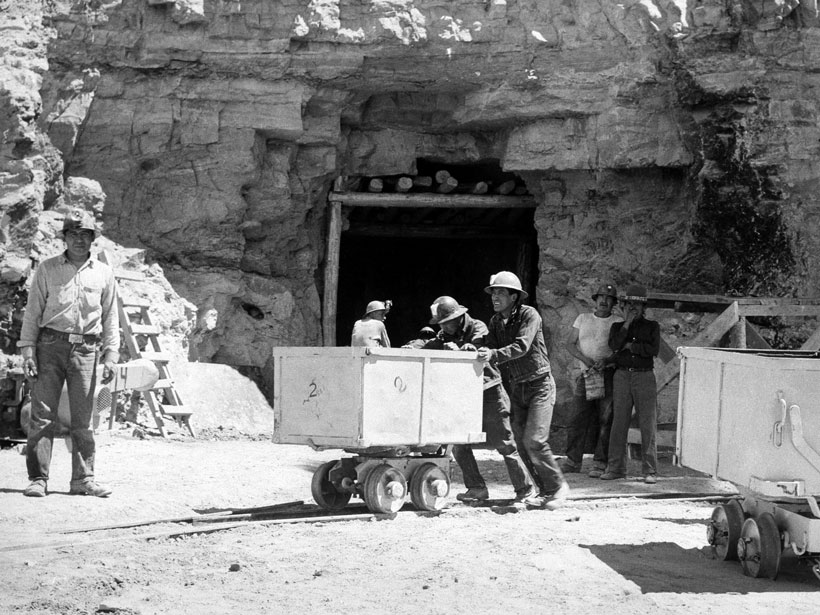An Arizona educator finds she has the SpaceX factor to become an astronaut.
Arizona
Michael Kotutwa Johnson: A Voice for Indigenous Agriculture
A farmer draws on Traditional Knowledges to restore the Native American food system.
Tree Carbon Data That Ring True
An international group of researchers may have found a way to better account for carbon storage in forests.
Rethinking How Valley Fever Spreads
Scientists have long assumed that dust storms lead to infections with the desert soil fungus Coccidioides, but new evidence suggests otherwise.
Invasive Plants and Climate Change Will Alter Desert Landscapes
In experiments conducted in Biosphere 2, invasive buffelgrass weathers higher temperatures and drought conditions better than its native brethren.
Red Rocks: Using Color to Understand Climate Change
A recent study on hematite formation during the Triassic may help predict the effects of climate change on contemporary monsoonal environments.
Parsing Routes to Aquifer Recharge Along Mountain Fronts
Research from the Tucson Basin indicates that tracers can be used to distinguish surface and subsurface recharge, providing crucial data to support sustainable water management in arid environments.
Ancient Eruption May Change Our Understanding of Modern Volcanoes
Bubbles trapped in magma from a 1,000-year-old event reveal how scoria cones might erupt and what impact they may have on the landscape and atmosphere.
Pensando en el Zinc: Mitigando la Exposición al Uranio en la Nación Navajo
En un innovador ensayo clínico se estudia el impacto del zinc en la mitigación de los efectos sobre la salud relacionados con la minería de uranio. Éste se lleva a cabo mediante la “participación bidireccional” entre los Navajos y las comunidades médicas.
Thinking Zinc: Mitigating Uranium Exposure on Navajo Land
An innovative clinical trial uses “two-way participation” between Navajo and medical communities to study the impact of zinc on mitigating health effects associated with uranium mining.










